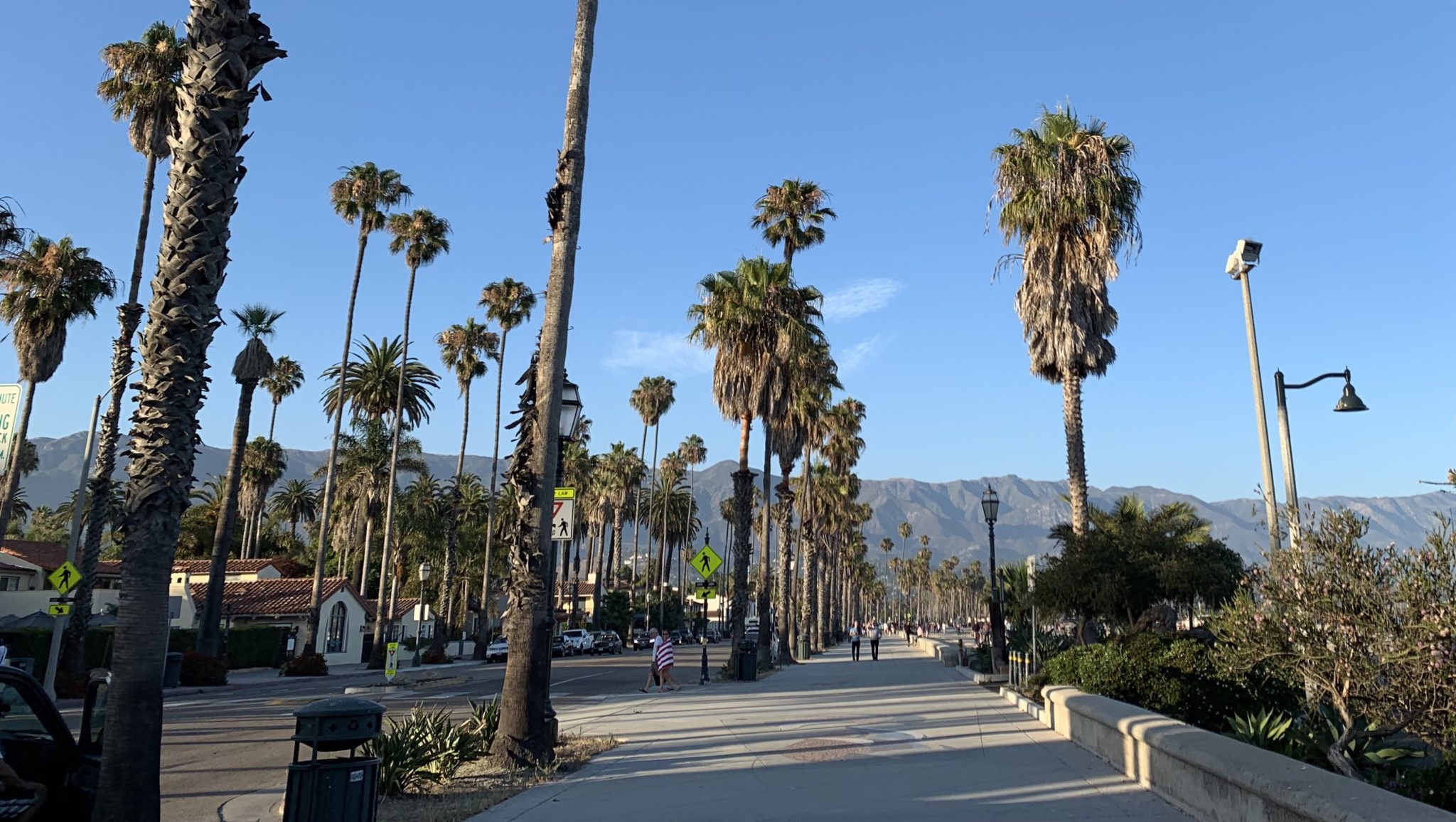Offsets are among the most controversial and confusing topics in environmental policy, one that has been widely debated in the context of California’s cap-and-trade program. The very idea is quite polarizing. Offsets offer polluters mechanisms to pay for carbon solutions around the globe, while saving on their bottom line back home.
(Check out our past work for a full rundown on offsets)
In California, environmental justice (EJ) groups and academics claim that offsets allow major polluters to forgo emissions reductions locally, in favor of projects that may not actually be reducing emissions elsewhere. Meanwhile, the California government and others see offsets as a vital tool to allow industries to invest in climate solutions that would otherwise not occur, adding to the geographic flexibility and efficiency of the program.
First, let’s be abundantly clear – there are major environmental justice concerns regarding the legitimacy of offset projects themselves. It is an ongoing challenge in academic and policy circles to measure and verify how much carbon dioxide a forestry project really saves, which has been an ongoing battle in California. Communities have also flagged the moral injustice of allowing the polluting facilities in their neighborhoods to send money and resources to other solutions, rather than investing in the local people their pollution is actively harming.
However, it’s a more complicated dynamic than that. Polluters are not forgoing emissions reductions directly in favor of offsets, that’s just not how they work. This has been empirically examined – in California, the use of offsets has no correlation with an entity’s polluting behavior. The truth is that offsets in California impede environmental justice in a far more subversive, indirect way: through their impact on the carbon market itself.
How Do Polluters Behave?
When a company lives under a cap-and-trade system, it has two main options – purchase allowances, which are permits for each metric ton of pollution they emit, or reduce emissions. The logical progression is simple: do whatever is easiest and cheapest, first. If reducing emissions is cheap, entities will do so until it becomes more expensive than simply purchasing allowances to continue polluting activities.
In addition to allowances, companies can account for a portion of their emissions with offsets, such that they invest in projects that reduce greenhouse gas emissions, or capture carbon elsewhere. Most commonly in California, this has entailed financing forestry projects to sequester carbon dioxide. Currently, state facilities can only fulfill 8% of their yearly emissions with offsets instead of allowances, although that percentage will drop in the coming decade.
Offsets are therefore more of an afterthought in this process. Towards the end of a “compliance period” (meaning, when these companies actually have to submit permits to California), entities look at what their emissions were over that time period and figure out how many offsets they can submit in lieu of traditional pollution permits.
So if it’s not offsets, then why do many industries continue to increase emissions in California? Because pollution is still cheap.
It’s About Overallocation
The problem has been the cost of allowances themselves. Because the price has been so cheap, it makes more economic sense for many industries to continue polluting and buying permits, rather than actually investing in cutting down their emissions.
In a cap-and-trade system, the price of carbon is a supply-demand issue. California has distributed far too many allowances into the system, making them very cheap to buy. This is called “overallocation”, and has been an issue that virtually every cap-and-trade system has had to deal with. As a result, the price of carbon in California has stayed between $12 and $17 per metric ton of carbon dioxide since program launch. For comparison, U.N. recommends a carbon price of $40 to $80, the International Monetary Fund has found that a price of $75 is required by 2030 to keep warming under 2 degrees Celsius, while a myriad of other researchers have called for a price even higher than that.
A growing chorus of academics and experts have been highlighting California’s overallocation problem for years. In our recent study, we found that over 226 million excess allowances are currently sitting in private accounts in California’s carbon market. This is far higher than California Air Resources Board’s (CARB) prediction of 150 million excess allowances by 2020.
It could almost entirely cancel out the 236 million tCO2e in cumulative reductions the program needs to achieve for the state to hit their 2030 goals. Models from California’s 2017 Scoping Plan indicates that cap-and-trade is expected to produce nearly half of all pollution reductions in their plan through 2030, which is a promise the program is not poised to deliver as long as polluters can save hundreds of millions of excess allowances for future use.

California’s Expected Contributions from Cap-and-Trade through 2030
Source: California Air Resources Board
Offsets have a major role to play in this problem. When a company uses an offset to cover their emissions, they are saving an allowance that can be used later. In total, 105 million offsets have been used in the carbon market, which is equal to nearly half of the size of the current oversupply.

Oversupply in California through 2018
Removing an allowance from the market for every offset previously used would cut California’s overallocation problem in half
This is how offsets indirectly hurt environmental justice goals in California. They balloon the carbon market and suppress carbon prices, which delays emissions reductions at facilities harmful to public health.
There are plenty of solutions to this problem. At its core, overallocation is still a simple supply-demand balance. The Regional Greenhouse Gas Initiative solved this problem by looking at the scale of the overallocation, and reducing the number of allowances offered at future auctions. California’s major error is in its failure to consider how offsets throw off supply and demand.
Add this to a list of concerns and challenges with offsets. However, if the concept is here to stay in California, then it interests carbon pricing and environmental justice advocates alike to deal with their impact on the carbon market, its indirect suppression on carbon prices, and resulting lack of impact on emissions reductions in the communities that need them most.










